Popular on Food52
13 Comments
Steve
September 3, 2014
This I remember as a kid living in Thailand, but the rice in without water for 5 min's. This will like the rice be great, do not like it color that brown.
andrea
April 16, 2014
Is sushi rice the same as short grain white rice? Or is sushi rice a type of short grain white?
Brown rice sushi? Thanks!
Brown rice sushi? Thanks!
Sucheta M.
February 19, 2014
Please don't confuse the original Basmati with Texmati. There is a huge difference in the flavor and aroma. The best one can say about Texmati is that it is a slightly fragrant long-grain rice.
kasia S.
September 15, 2012
Now that I make Nigella Lawson's Chicken Teriyaki with sushi rice al the time I have to get a rice cooker as well, rice is amazing through even if its not in sushi form.
veganamericanprincess
September 12, 2012
I strongly suggest that anyone who makes a lot of rice should purchase a rice cooker. Mine came with a great manual providing proper water to rice ratios and cooking times. Perfect rice every time!!! I never tried Black Forbidden rice. I'll have to add that to my bucket list!
luvcookbooks
September 11, 2012
For a book, I think you can't do better than Seductions of Rice by Naomi Duguid and Jeffrey Alford.
sixelagogo
September 11, 2012
I wish you put a basic guideline for the rice:water ratio...this, along with looking at the rice while it's cooking & using too high a heat, are the reasons many people suck at rice (ok, people NOT using a rice steamer)
Kristy M.
September 12, 2012
We're covering cooking rice next week, as the last line in the post states. Stay tuned!
gnosc
September 11, 2012
I'm looking forward to the upcoming article on cooking methods. I soak and sprout brown rice prior to cooking it (to reduce phytic acid, as well as to make the rice more tender and tasty), but haven't tried doing so with black or white rices. Will you talk about sprouting for different rice grains?
Kenzi W.
September 11, 2012
We'll try to give a mention to all of the major methods out there -- and sprouting will be one of them!
Panfusine
September 11, 2012
It was amusing to see the word 'stand by' applied to rice.. Its a 'staple' in most Indian Households..There is a whole other world of rice that one is faced with when you step into an Indian Grocery store.. The multitude of sub varieties of white & colored rice..not to mention the parboiled varieties...
Kenzi W.
September 11, 2012
You're right! There are so many -- we tried to hit on the basics, while keeping the post under 45 pages long. We could have written books about rice! (And jokes were made about this more than a few times. Rice is serious business.)
Panfusine
September 11, 2012
Not to mention innate quirks in preference.. I've been know to get quite neurotic if my husband picks up the wrong variety or 'regular' (as opposed to Basmati) from the Indian Grocery store
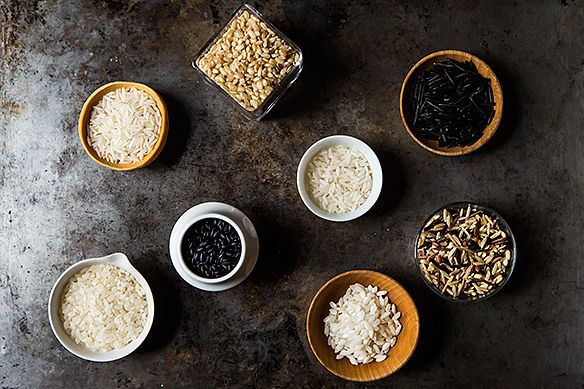
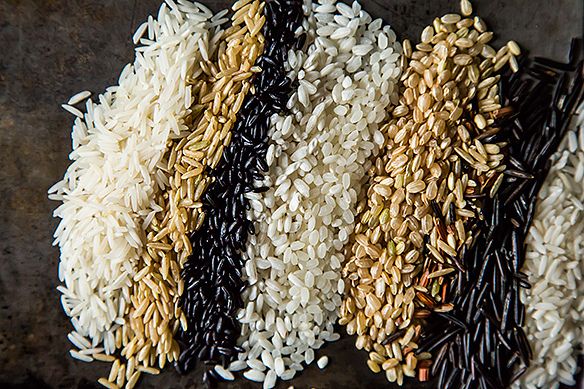
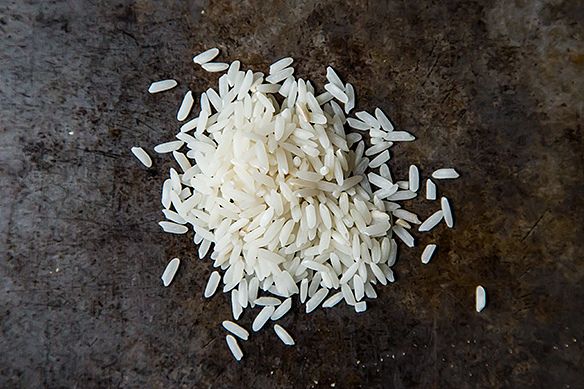

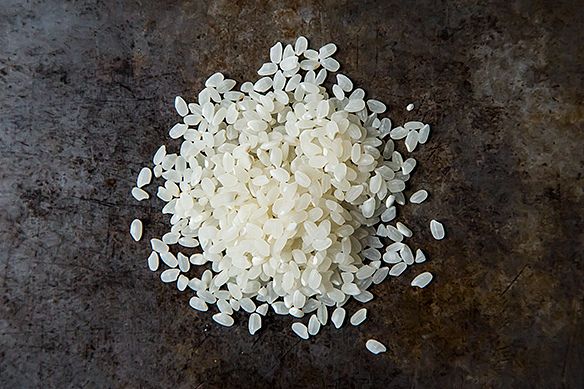
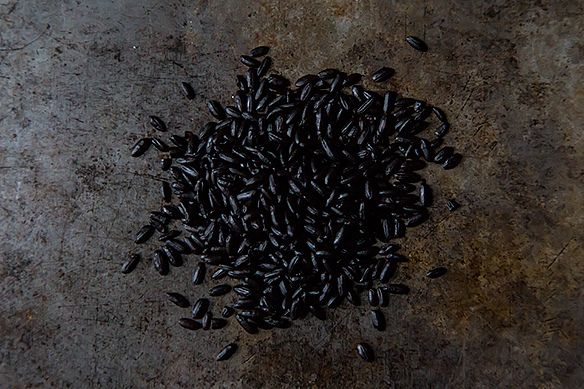
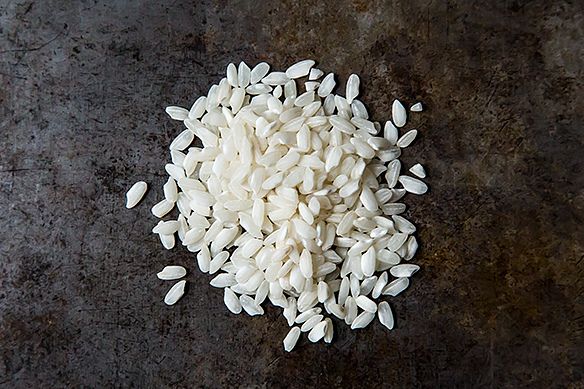
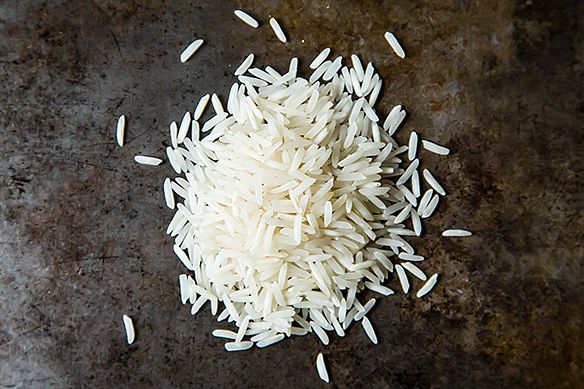
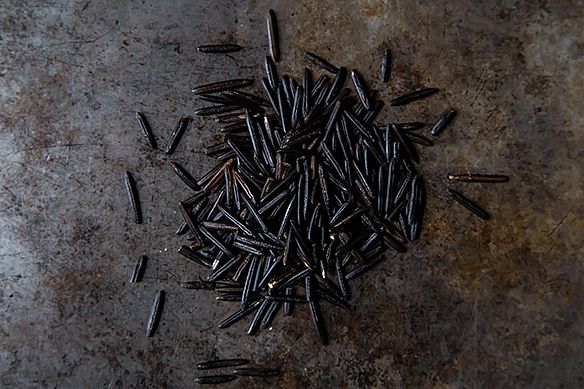

See what other Food52 readers are saying.